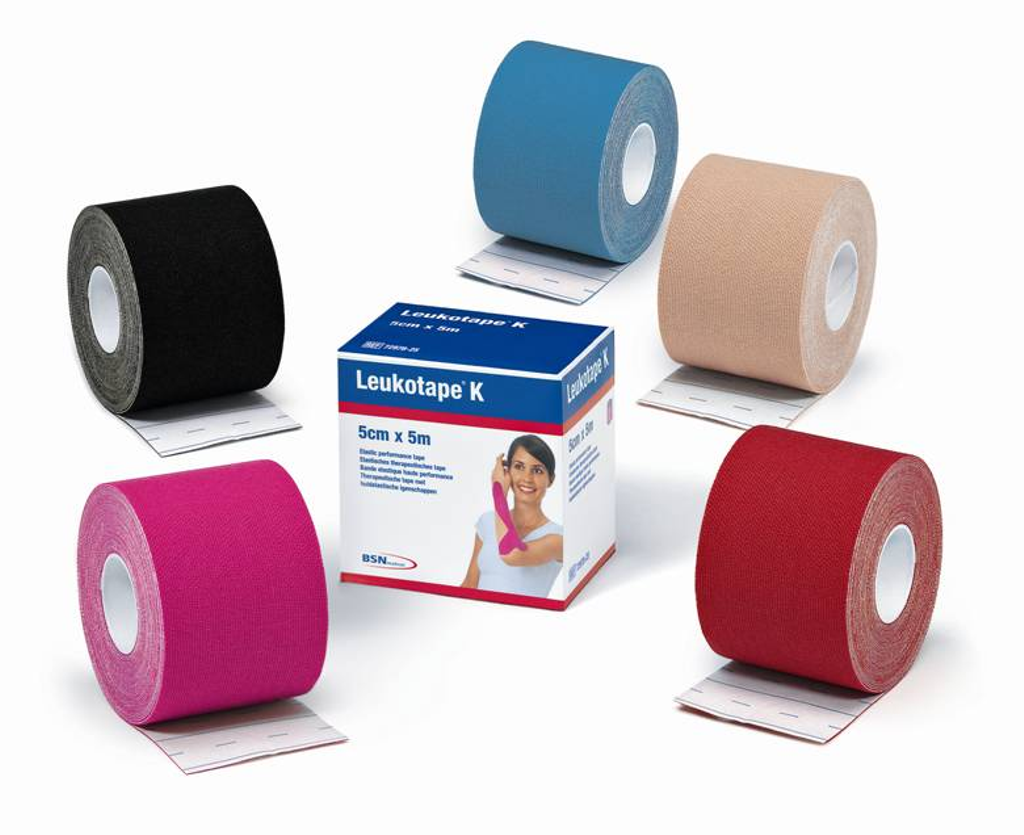
According to Arias, who cites data adapted from Kramer, et al., these can include methicillin-resistant Staphylococcus aureus (MRSA), vancomycin-resistant Enterococcus (VRE), Clostridium difficile, Acinetobacter species and noroviruses. (2012) identified instances in which adhesive bandages were the source of contamination.(8) Additional studies of medical tapes and cross-contamination have been published by Dickinson (1998)(9) and Everett (1979).(10)īacteria: Long-Lived and Transmissible from Fomites Common pathogens can survive on hospital surfaces (known as fomites) for prolonged periods of time.
#Medical tape skin#
(2000) studied a five-year outbreak of methicillin-susceptible Staphylococcus aureus among 202 babies in a neonatal unit in which the infection was related to an adhesive used as a skin protectant.(6) Also, studies of mucormycosis by Alsuwaida(7) and an extensive literature review of 169 mucormycosis cases by Rammaert, et al. (2012) concluded that surgical tapes are frequently contaminated with multidrug-resistant organisms.(4) Berkowitz (1974) recovered Staphylococcus aureus, Pseudomonas aeruginosa and various species of Enterobacteriaceae in a seven-day study of 23 rolls of adhesive tape being used in a 16-bed intensive care unit.(5) Wilcox, et al. In a recent study published in January 2012, which evaluated tapes collected at three hospitals in the Hunter New England Area Health Service, Harris, et al. Other studies have shown that medical tapes, once opened and put into use can be sources of contamination. However, 74 percent of samples taken from 40 partially-used rolls, from various sites within the hospital, had some bacterial growth.(3) None of the tape taken directly from unopened boxes had bacterial contamination.


In reviewing a study by Redelmeier and Livesley, Lavelle explains they investigated the incidence of microorganisms cultured from the outside of a porous, plastic surgical tape. She notes that rolls of tape are often found in clinicians pockets or drawers, hanging from stethoscopes or IV poles, or placed on counters.

Lavelle (2004) states that most surgical tapes are supplied clean, rather than sterile, yet this does not guarantee they will remain clean in a clinical setting. They also indicate a roll of tape may be used by and for many individuals and therefore can be exposed to several patients and clinicians.(2) It is a rare patient who does not encounter tape.(1) Redelmeier and Livesley (1999) consider adhesive tape to be a unique piece of medical equipment because it is almost never washed or sterilized after its package is initially opened. Common uses are for wound closure, intravenous (IV) therapy or other procedures. Medical Tape: A Foundation of Care Medical tape is used on practically all hospital patients, from newborns to the elderly, in the emergency room and in a number of departments within the hospital. United States Department of Health and Human Services, Centers for Medicare & Medicaid Services, 42 CFR Parts 405, 410, 413 et al., Medicare and Medicaid Programs Conditions for Coverage for End-Stage Renal Disease Facilities Final Rule, Federal Register, Vol. Tape rolls must be dedicated to a single patient, or disposed of after patient use.

Rolls of tape cannot be decontaminated and can serve as a source of contamination for both facility personnel and patients. Switching to shorter rolls of medical tapes can provide an important opportunity to decrease cross-contamination, eliminate wasted tape, decrease hospital supply costs and improve the standard of patient care. Introduction The ongoing risks of healthcare-acquired infections (HAIs) are prompting hospitals to seek new methods for reducing cross-contamination.


 0 kommentar(er)
0 kommentar(er)
